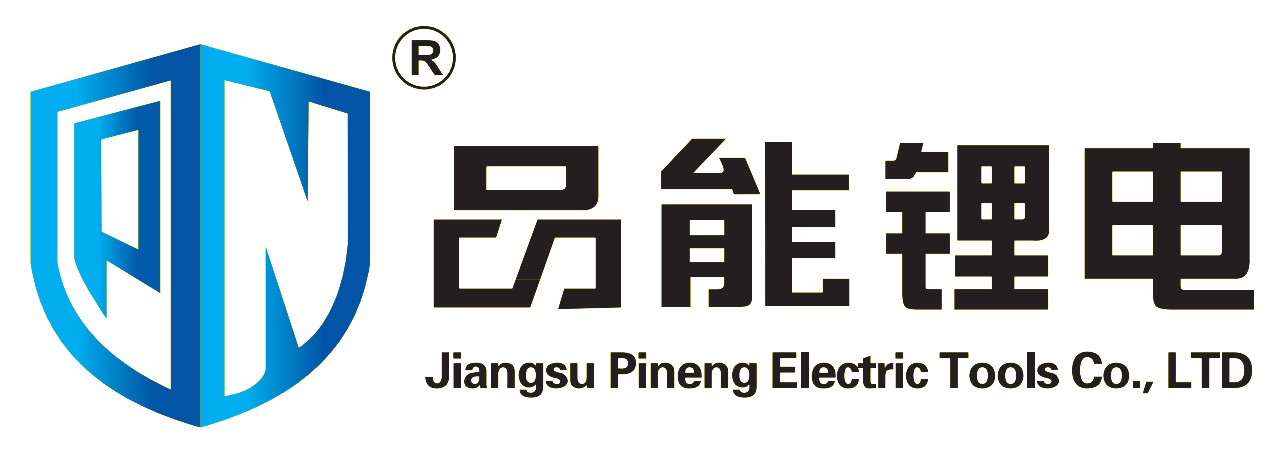Essential Chainsaw Care for Maximum Durability
Proper chainsaw maintenance is crucial for ensuring your valuable power tool remains reliable and performs at its best for years to come. Whether you're a professional logger or a weekend warrior tackling yard work, understanding how to care for your chainsaw can make the difference between a tool that lasts decades and one that fails prematurely. In this comprehensive guide, we'll explore proven maintenance techniques that will help extend your chainsaw's lifespan while keeping it running safely and efficiently.

Fundamental Chainsaw Maintenance Practices
Regular Chain Sharpening and Tension Adjustment
A sharp chain is not just about cutting efficiency – it's essential for the overall health of your chainsaw. Dull chains force the engine to work harder, increasing wear and fuel consumption. Professional arborists recommend sharpening your chain after 5-10 hours of use, or whenever you notice the saw producing dust instead of wood chips. Using a proper filing guide and the correct file size for your chain type ensures consistent sharpening angles.
Chain tension is equally important and should be checked before each use. A properly tensioned chain should snap back when pulled away from the bar but still move freely by hand. Too loose, and the chain risks derailing; too tight, and you'll experience excessive wear on both the chain and bar. Remember to always perform tension adjustments with the engine off and the chain cool, as heat expansion can affect the final tension.
Air Filter and Spark Plug Maintenance
Your chainsaw's air filter prevents debris from entering the engine, making it critical for long-term reliability. In dusty conditions, clean the filter after each use by gently tapping it or using compressed air. For heavily soiled filters, warm soapy water works well, but ensure the filter is completely dry before reinstallation. Replace the filter annually or sooner if it shows signs of damage.
Spark plug maintenance is often overlooked but vital for consistent performance. Check the plug every 25 hours of operation, looking for carbon buildup or electrode wear. A properly functioning spark plug should have a light brown color. If you notice heavy deposits or damage, replace the plug using the manufacturer's recommended type and gap specification.
Advanced Care Techniques
Fuel System Management
Modern chainsaws are particularly sensitive to fuel quality. Use fresh fuel mixed with high-quality two-cycle oil at the correct ratio. Ethanol-free gas is preferred as ethanol can deteriorate rubber components and attract moisture. Never store your chainsaw with fuel for extended periods – instead, run the engine dry or use fuel stabilizer if storage is necessary.
Regular cleaning of the fuel filter and inspection of fuel lines prevents many common running issues. Replace the fuel filter annually and check lines for cracks or softening quarterly. A clean fuel system ensures proper engine operation and prevents expensive repairs down the line.
Bar and Chain Oil System Optimization
The bar oiling system is crucial for reducing friction and preventing premature wear. Check oil levels before each use and verify proper oil flow by holding the running saw over a light surface – you should see a thin line of oil being thrown off the chain. Clean the oil ports and grooves in the bar regularly, as these can become clogged with sawdust and debris.
Use high-quality bar and chain oil appropriate for your climate. In cold weather, winter-grade oil ensures proper flow, while higher viscosity oils are better for summer use. Regular bar maintenance includes turning the bar over to ensure even wear and cleaning the bar groove with a specialized tool.
Preventive Maintenance Schedule
Daily Inspection Routine
Develop a pre-use inspection habit that includes checking chain tension, bar oil level, and air filter condition. Look for loose fasteners and ensure all safety features are working correctly. This quick daily check can prevent many common issues before they become serious problems.
After each use, clean the saw thoroughly, paying special attention to the chain brake mechanism and cooling fins. Remove any accumulated sawdust and debris, which can trap moisture and lead to corrosion. A clean saw is easier to inspect and more likely to receive regular maintenance.
Seasonal Maintenance Tasks
Change your approach to maintenance with the seasons. In spring, focus on thorough cleaning and inspection after winter storage. Summer maintenance should emphasize cooling system efficiency and frequent air filter checks. Fall is ideal for comprehensive maintenance before heavy use during firewood season. Winter preparation should include protecting against moisture and using appropriate cold-weather lubricants.
Document your maintenance activities and track the saw's hours of use. This helps establish patterns and predict when components might need replacement. Professional users might consider keeping spare parts on hand for common wear items.
Storage and Transportation Best Practices
Proper Storage Techniques
Store your chainsaw in a clean, dry place away from direct sunlight and extreme temperatures. Remove the chain and store it in oil if the saw won't be used for extended periods. Consider using a dehumidifier in your storage area to prevent rust formation. Always store the saw with an empty fuel tank or stabilized fuel to prevent carburetor issues.
Use the provided bar cover during storage to protect the chain and bar from damage and prevent injury. Keep the saw elevated off concrete floors, which can draw moisture and promote rust. Regular starter cord pulls during storage help prevent internal component binding.
Safe Transportation Methods
When transporting your chainsaw, use a hard case if possible to protect against damage and contain any oil leaks. Secure the saw to prevent movement during transport, which can cause damage or create dangerous situations. Always transport with the chain brake engaged and the bar cover installed.
For longer trips, consider draining fuel to prevent spills and carburetor flooding. Position the saw so that oil won't leak from the tank, typically with the oil cap facing upward. Clean the saw before transport to prevent debris from causing scratches or damage during movement.
Frequently Asked Questions
How often should I sharpen my chainsaw chain?
Sharpen your chain after 5-10 hours of use or when you notice the saw producing fine dust instead of proper wood chips. Professional users might need to sharpen more frequently depending on cutting conditions and materials.
What type of fuel should I use in my chainsaw?
Use fresh, high-quality gasoline with the correct octane rating specified by your saw's manufacturer, mixed with two-cycle oil at the proper ratio. Ethanol-free fuel is preferred to prevent fuel system issues.
How long can I store my chainsaw with fuel in it?
It's best not to store your chainsaw with fuel for more than 30 days unless you've added a fuel stabilizer. For longer storage periods, run the saw until the fuel tank is empty and the engine stops to prevent carburetor problems.
What are the signs that my chainsaw needs professional servicing?
Consider professional servicing if you experience difficult starting, excessive vibration, unusual noises, or if the saw runs poorly despite regular maintenance. Also, seek professional help if you notice significant power loss or if the chain oil system stops working properly.


